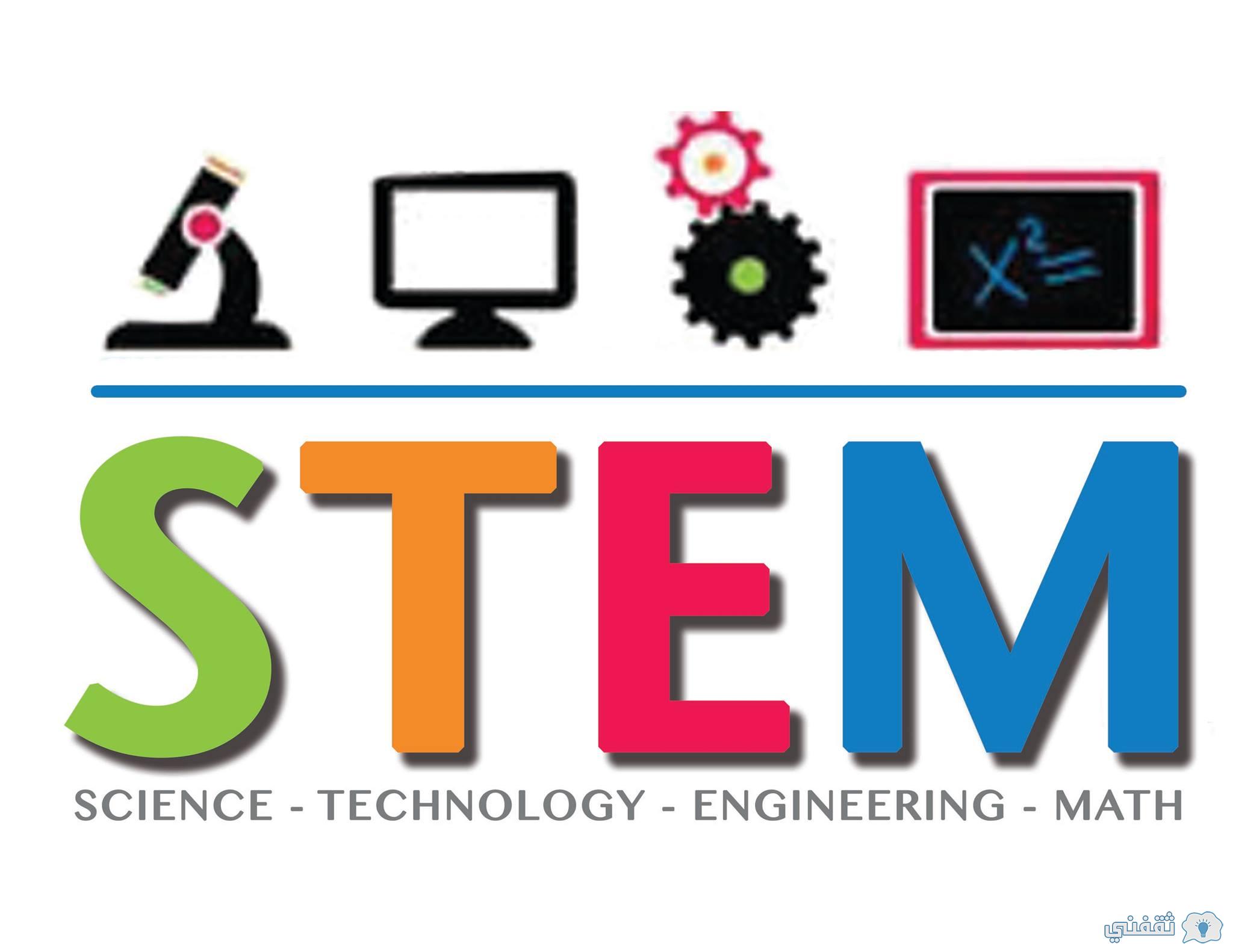

provide firsthand experiences phenomena and materials and 3. engage young people in intellectually, academically, socially and emotionally 2. The study found that effective STEM out-of-school programs: 1.

National Academies of Sciences, Engineering and Medicine released this consensus report that identified three criteria of program that produce positive outcomes for learners. Identifying and Supporting Productive STEM Programs in Out-of-School Settings: In 2015, the U.S. These experiences can kick-start and sustain long-term interests that involve sophisticated learning."ĭocumenting and Assessing Learning in Informal and Media-Rich Environments: A Report to the MacArthur Foundation: This 2012 report summarizes an extensive review of the literature on assessment of learning in such informal settings as after-school programs, museums and science centers, community-based organizations, and online communities. Philip Bell, co-chair of the committee that wrote the report and Associate Professor of Learning Sciences at the University of Washington, Seattle, stated that "Learning is broader than schooling, and informal science environments and experiences play a crucial role. National Research Council released this consensus report about informal science education, which is still considered to be one of the most important pieces of literature in the field. Learning Science in Informal Environments: Places, People, and Pursuits: In January 2009, the U.S. The Multiplex is an online, free, interactive platform featuring over 1000 short videos that showcase federally funded projects aimed at transforming science, technology, engineering, math, and computer science learning. STEM For All Multiplex: Over 170 NSF AISL projects have been featured in videos on this website. Inclusive Science Communication Starter Kit: This Starter Kit is intended to help anyone who communicates with others about STEMM do so in ways that 1) seek and value a wide variety of perspectives, 2) recognize how a person’s multiple identities might affect their relationships with STEMM, and 3) yield equitable outcomes that build and sustain trust. Review a brief summary of CAISE activities over three award periods. From 2007-2022 the Center for Advancement of Informal Science Education (CAISE) supported informal STEM education by providing web infrastructure and resources for those working in and with the field. Informal STEM education is informed and supported by a knowledge base of evidence from evaluation studies, learning and other social science research, and wisdom from practice. Youth, Afterschool, and Out of School Time programs.Living Collections (Zoos, Aquaria, Nature Settings).Citizen Science, Community Science and Public Participation in Scientific Research.When we talk about the field of informal STEM education, we are referring to experiences, settings, or programs that are designed, implemented, and assessed by a community of dedicated, trained practitioners. A consensus report from the National Research Council released in 2009 identified everyday experiences, designed settings, and programs for learning as three contexts where people learn science outside of the classroom. Formal schooling is only one part of a larger ecosystem of science, technology, engineering and math (STEM) learning that also occurs throughout one’s lifetime. People of all ages learn science in an increasingly wide variety of ways.


 0 kommentar(er)
0 kommentar(er)
